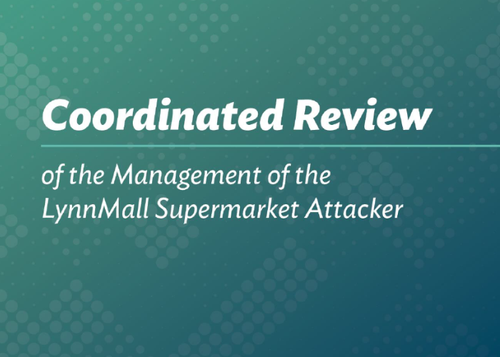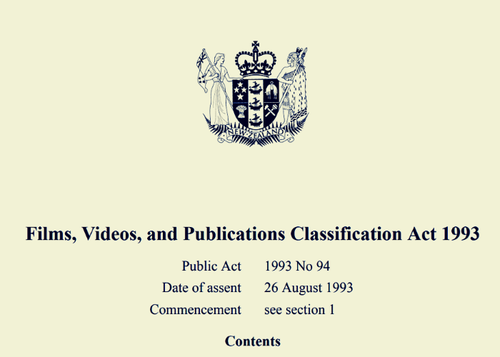Classification Office response to the March 2019 Christchurch terrorist attack
This page gives an overview of how the Classification Office was involved in responding to the Christchurch terrorist attack in March 2019 and our ongoing response.
Banning the livestream and manifesto
Soon after learning of the Christchurch terrorist attack, Chief Censor David Shanks used his legal powers to “call in” the livestream video and manifesto document for classification. A team of five classification advisors worked quickly to analyse and classify these publications, applying the framework set under the Films, Videos and Publications Act 1993. We also considered the Bill of Rights Act 1990 to ensure we found the right balance between protecting the public from harm while also protecting freedom of expression. After working through the process we concluded both publications were objectionable and should be banned.
Timeline
- 16 March 2019: Chief Censor David Shanks called in the livestream video and manifesto for classification.
- 20 March 2019: Our decision to ban the livestream video was announced (later registered on 27 March 2019).
- 23 March 2019: Our decision to ban the ‘Great Replacement’ manifesto was announced (registered on 29 March).
- 15 May 2019: The Christchurch Call led by New Zealand and France brought Government and tech sector leaders together to commit to eliminate terrorist and violent extremist content online.
- 14 June 2019: The Film and Literature Board of Review upheld our decision to ban the livestream video.
- 12 August 2019: The Film and Literature Board of Review upheld our decision to ban the manifesto.
Stepping up our response to violent extremism
- We have grown and upskilled our team to better recognise and classify a wide range of extremist content. We also undertook a review of our response, to identify ways to make our process to issue classification decisions in an emergency faster.
- We have established a specialist Countering Violent Extremism team with a focus on research, education, and outreach. Through this team we’re proactively engaging with New Zealand and overseas government agencies, academics, and experts at the forefront of countering violent extremism, to share insights and identify solutions.
- We used a new interim decision-making power to urgently ban publications which arose from the May 2022 mass shooting in Buffalo, New York. This power was introduced by the Films, Videos, and Publications Classification (Urgent Interim Classification of Publications and Prevention of Online Harm) Amendment Act. The Act also makes it an offence to livestream objectionable content, and enables the Department of Internal Affairs to issue “takedown notices” to an online content host.
Where to report harmful content
You can report harmful content directly on: Twitter, Facebook, Instagram and YouTube. Any harmful content should also be reported to the Department of Internal Affairs.
To protect your whānau, it’s important to be aware of and talk with your tamariki and rangatahi about what they’re accessing online. It helps to talk about what to do if a friend sends them distressing content. Let them know they don’t have to watch it, and that they should not share it with others.
Where to get help
Viewing and discussing extreme violence can be distressing. If you, or someone you know, needs mental wellbeing support or advice then call or text 1737 anytime, for free.
Guidance for media
When a video is made objectionable under New Zealand law that doesn’t necessarily mean media can’t use excerpts or stills from it. However please be aware that any clips, screenshots or still images taken from the full video, that depict scenes of violence, injury or death, or that promote terrorism, may be objectionable.
It is up to news organisations to make ethical judgements about what images they broadcast and print. Given the horrific circumstances of this attack, and the deliberate strategy of the terrorist to use a livestream video to disseminate his message, we urge news media to carefully consider the impact of sharing any part of this video.
For more context, read the Chief Censor’s guidance for New Zealanders on the livestream issued on 20 March 2019.
Where to find information on our website (useful links)
- What you can do if you see the publications online
- Information and FAQs about our classification of these publications
- Summary of classification decision for livestream video
- Summary of classification decision for manifesto document ‘The Great Replacement’
- Film and Literature Board of Review decision on livestream video
- Film and Literature Board of Review decision on manifesto document
- Information we’ve released under the OIA relating to Christchurch attacks
- Media release: Livestream of terrorist attack in Halle, Germany, classified objectionable in NZ
- Media release: Two further terrorist documents banned
Subscribe to our news
Stay up to date with news from the Classification Office.

